Kolkata’s future and the East Kolkata Wetlands: nurturing a fine balance
Nobina Gupta shares how an initiative she is a part of is creatively working at the intersection of social arts, education and community work to reimagine the space of citizen science of the wetlands.
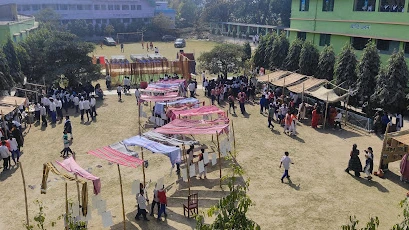
The East Kolkata Wetlands (EKW) is spread over 12,500 hectares on the eastern fringes of Kolkata. It is a unique natural treatment system of the city’s wastewater restoring the ecological balance. It is the largest stretch of sewagefed wetlands in the world, a Ramsar site sustained by the collective practices of the peri-urban wetland community. They see wastewater as a nutrient, something to be preserved, as it enhances livelihood opportunities.
With this ethos, the community works meticulously to use wastewater through an elaborate set of management practices to perpetuate their livelihood security. They treat the city’s sewage through fish farming, vegetable growing, paddy cultivation and animal husbandry.
Thus, they perform the threefold functions of producing food, treating sewage and helping drainage. They undertake all of this, along with maintaining the rich biodiversity that sustains Kolkata’s ecological balance.
Working within the unique socio-spatial context of the EKW, particularly with the youth and children, I have come to realize the vast repository of traditional knowledge, culture, indigenous practices, and skills embedded within these local communities. Unfortunately, much of this treasure is gradually fading, often unnoticed.
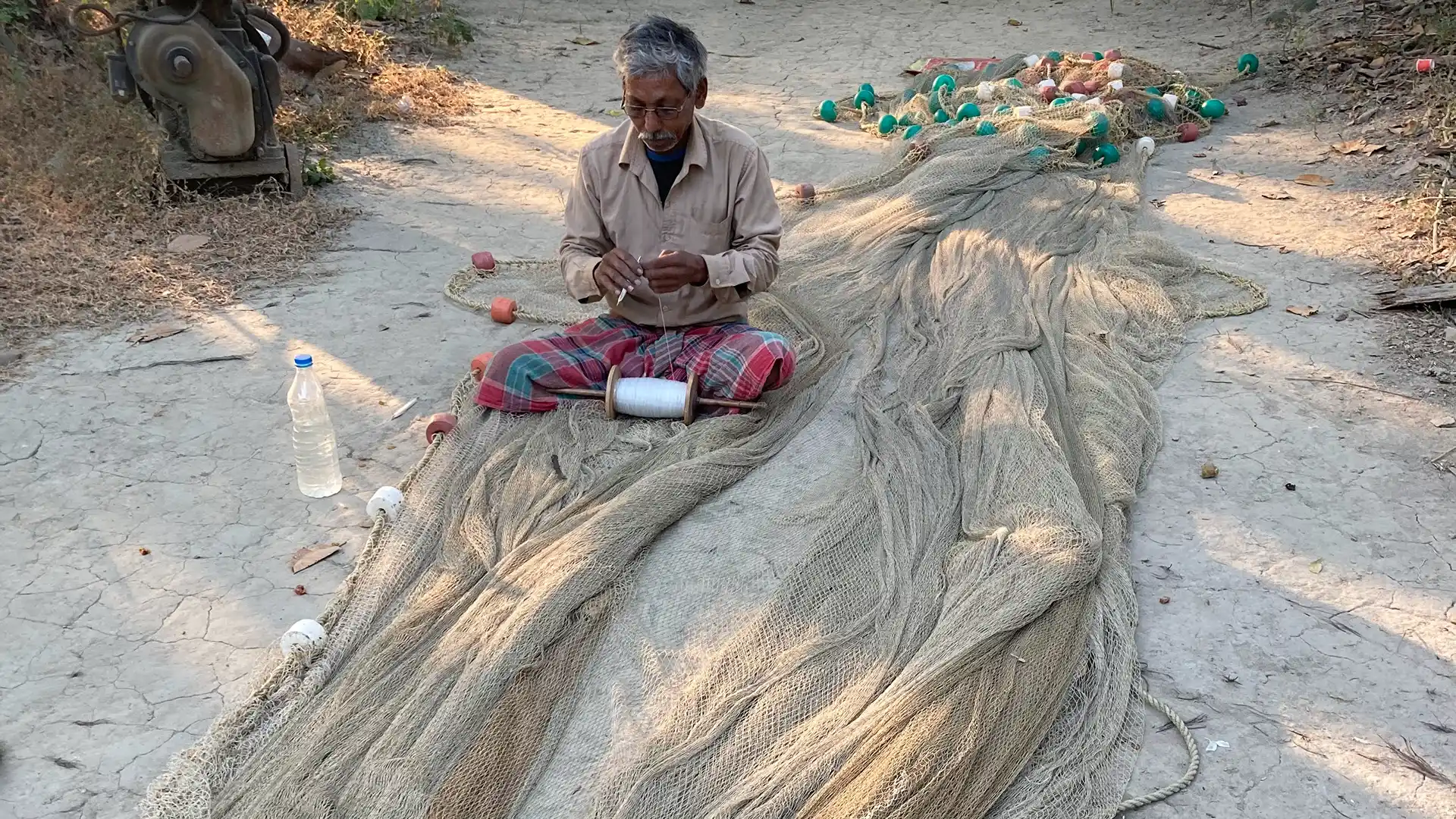
While we are caught up in complex global dialogues about climate change and sustainability, we tend to overlook the wealth of wisdom already existing within the communities. These age-old, tested practices—rich in both cultural and environmental relevance—remain undervalued and underappreciated, yet they offer invaluable lessons for navigating today’s challenges.
A few questions have constantly occupied my mind. How can schools provide a platform for local identities to emerge and flourish? Is there a way to incorporate and address the pressing issues these communities face in their daily lives and immediate environments? And more crucially, can education and community engagement become catalysts for socio-spatial transformation over time?
The need for recognizing and adapting traditional knowledge in the context of modern education could be the key to bridging these gaps. By fostering local pride and integrating indigenous wisdom with contemporary learning, we could pave the way for sustainable practices that are both culturally rooted and globally relevant.
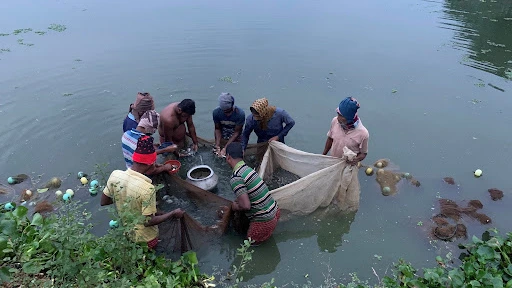
Disappearing Dialogues Foundation
In the past eight years, Disappearing Dialogues Foundation (DD) has collaboratively engaged in working in EKW to facilitate environmental awareness and their conservation engaging community youth. The research design was done in phases incorporating and correlating the responsiveness of children from middle and high school, the EKW community and collaborators, and supporting organizations.
Designed as a sequence of collaborative, participatory processes, the engagements explore notions of ecology, environment, everyday practice, the importance of collective action, and the contribution of the community to the city. The outputs of the various workshops and initiatives culminate into various exhibitions and events that foreground the issues to a wider group of citizens of Kolkata.
This helps to scale up an awareness of real issues. It also creates trajectories in which a wider group of concerned citizens can get involved. The process creates precedents for educational institutions as well, to assimilate certain local practices into their curriculum to make it more relevant and grounded.
Processes
Wetland Nature Explorers Labs: These research-based workshops have involved travelling around the wetlands and along the wastewater canals – collecting samples, and recording data and observations through drawings and writings. This process has delved into a personal study of where, what and how elements within the wetland biodiversity exist and benefit everyday life, making the youth understand and value the ecological wealth of the EKW instilling a sense of pride.
Creative Ecology Labs: These labs aim to unleash the inherent talents of young learners. These challenge their backgrounds and enable them to think and express about present issues in a critical, free and reflective manner. Through the process of collective art making, collective dance, and pictorial storytelling, tool of dialogues have been evolving to help share experiential and often subliminal learning.
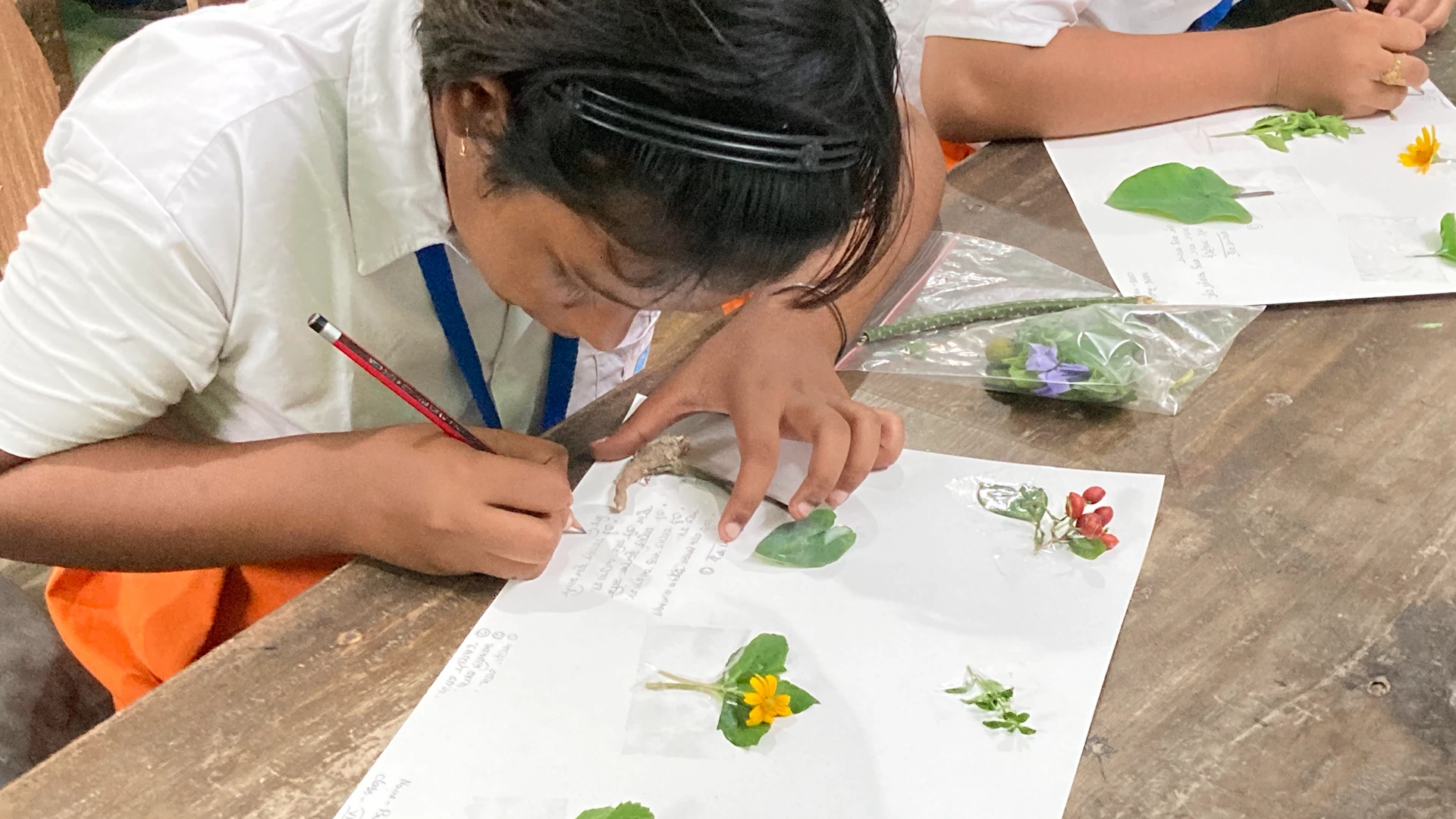
KnoW Waste Labs: There is a change in the kinds of items consumed and thoughtlessly disposed of by city dwellers, and a mushrooming of illegal waste sorting points within the wetlands. KnoW WASTE Labs are facilitated to raise awareness and to promote waste management and waste reduction. These engage the wetland community youth through multidisciplinary activities. The aim is also to evolve new alternatives of utilizing local waste and develop a new language of artistic engagements and field action.
Community Labs: The women of the EKW community are guardians of culture. It is of paramount importance that we appreciate, celebrate and co-create new dialogues to value their everyday practices. Through a lens of archival research and sustainable designs, we have been working with them to celebrate and expand their horizons.
We have been collaboratively working on authentic recipes from wetland edibles, and handicrafts such as kanthas and palm leaf woven mats. A particular focus has been on processes for sustainaining cultural practices that hold the families and communities together.
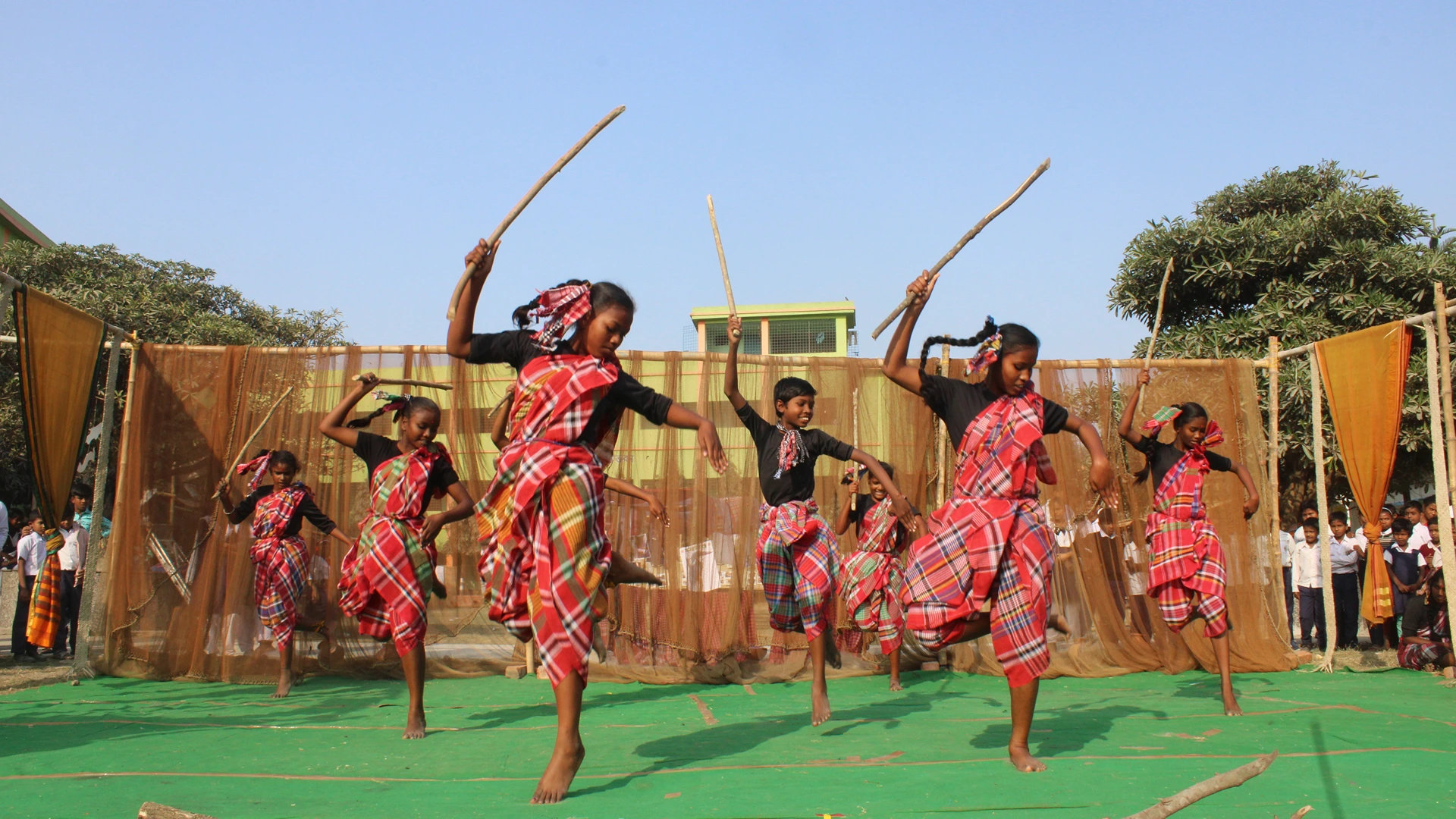
Challenges
Some of the key challenges we have faced on our journey so far include maintaining ongoing inspiration and deepening engagements with children, schools, and the public for conservation practices over time. One significant hurdle has been in getting people to recognize and believe in the intangible benefits of conservation through innovative techniques and alternative learning methods.
Another challenge is highlighting the qualitative impact of integrating art and ecology on young minds. Additionally, securing consistent funding each year to effectively run the program, maintain an equipped team, and bring in specialized experts for workshops, youth capacity building, and empowerment has proven to be a continual effort.
Creating meaningful partnerships with local communities and stakeholders is critical to ensure the sustainability of our initiatives. Overcoming the resistance to change in conventional educational systems and introducing alternative, hands-on learning experiences is a constant struggle. Measuring the long-term impact of our initiatives on both the environment and the individuals involved, while ensuring these efforts translate into actionable change, also remains a key challenge.
The success has been to see the gradual evolution in the community youth through their artistic and aesthetic understandings, and their transforming body language, personalities and communication skills. I have always envisioned that the youth of EKW will someday articulate their own stories and lead movements to conserve their sociocultural heritage.
Unfortunately, EKW is currently under severe threat. The growing urban center, far from acknowledging the EKW’s role in maintaining ecological balance, views the area as real estate in waiting. A lack of awareness and understanding about this natural heritage detracts from an acknowledgement of the interdependence of Kolkata and the EKW.
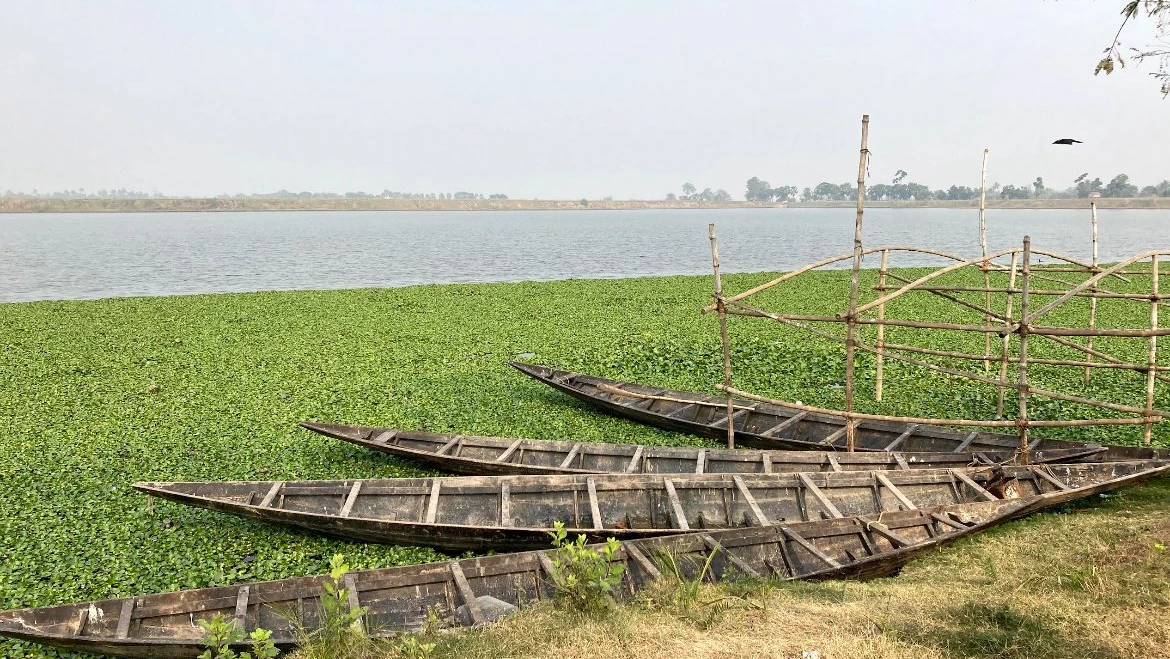
Development pressure and environmental threats render this socio-spatial landscape fragile, susceptible and vulnerable. The city mostly ignores these connections, exploiting the already marginalized community, rendering them all but invisible. This fragility, in recent times, has led to widespread discontent and shifts in everyday practices for short-term survival.
This is a critical issue. These disappearing sustainable practices could mean a disruption of the symbiotic existence of the EKW and Kolkata. This balance will be difficult if not impossible to re-establish.
The wetlands are passing through a crisis, as is the community. The wetland ecosystem holds the key to our city’s sustainable future. Kolkata’s citizenry must educate itself to understand the value of this living heritage.
Learnings from “Symbiotic Cohabitation”
Nurturing cohabitation is crucial for preserving biodiversity, ensuring sustainability, and promoting community well-being. We at Disappearing Dialogues have been trying to initiate public participation to foster change.
As an outcome of the long-term engagement and co-creation of DD with the EKW community, I curated an exhibition titled, “Symbiotic Cohabitation” in 2024 with the Goethe Institut, Kolkata, which is now travelling to Santineketan. The vision was to advocate for the preservation of the environment, by recognizing the manifold species in our ecosystem, and acknowledging the interconnectedness of elements in everyday life. Exploring connections to our daily lives, the process aims to inspire action for sustainable practices benefiting locals, the community as a whole, and humanity at large.

As global water scarcity intensifies, safeguarding habitats like wetland ecosystems and water bodies becomes increasingly critical. The exhibition unveiled a poignant narrative on the vulnerable state of the EKW and the urgent need for societal awareness.
The “House of Cohabitation” and “Wetland Herbarium”, – two key components of the exhibition – created an immersive sensory experience. These invited visitors to rediscover the forgotten symbiosis between humans and nature. Through touch, smell and observation, they reconnected minds and souls with disappearing knowledge sources, sustainable practices, and traditional beliefs.
The Wetland Herbarium emphasizes the critical role of plants in ecosystem stability. It promotes plant sensitivity to counteract “plant blindness.” This intimate album showcases ethno-botany, aquatic/remedial plants, edible plants, nectar plants, and weeds. Thus, it highlights the importance of conserving biological resources for a sustainable future.
The emotional connection that art fosters is a powerful way to convey and capture details and insights that data and information alone often cannot. Working with communities and youth to simplify complex scientific concepts, while blending them with traditional knowledge, has been an enriching and rewarding experience.
The process of creating engagements that express these ideas through art has been equally challenging and fulfilling. In today’s digital age, the sensory experiences that art provides help activate the mind, encouraging people to become more proactive and engaged in their everyday lives.
A series of collateral activities offered immersive guided walk-throughs and handson encounters. Related workshops such as ‘Earthen miniatures’, ‘Nature’s organic palette’, and ‘Starry starry night’, highlighted working hands-on with earthy elements, night gazing, watching nocturnal species, relishing wetland edibles, and making vibrant organic pigments from flora and fauna of the wetlands, etc. We share a few details of these processes here.
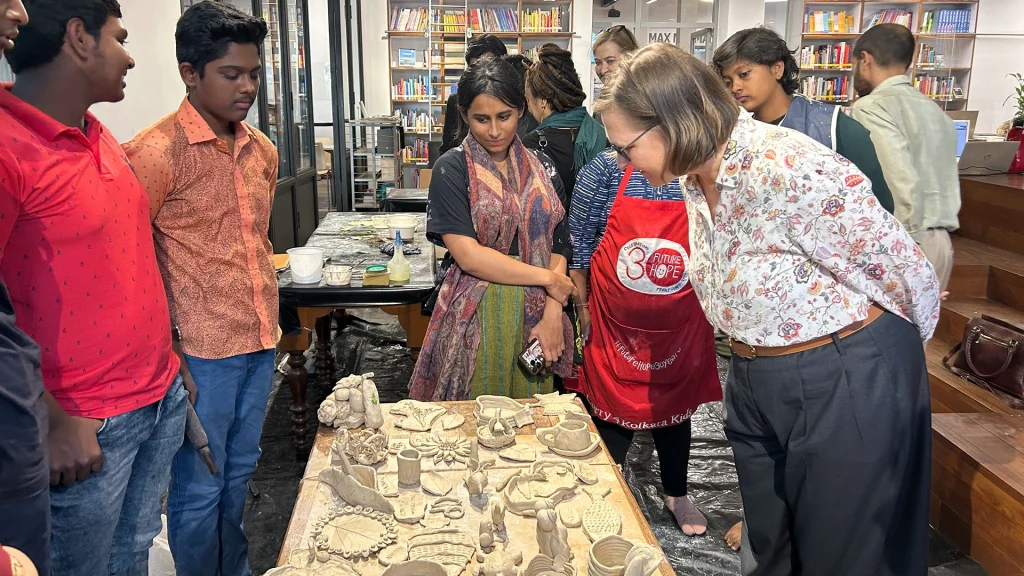
Earthen miniatures: This was a workshop that focused on moulding miniature forms. It involved working hands-on with earthy elements. This mirrored the symbiotic relationships being explored within the exhibition. It was conducted under the guidance of young potter Aahiree Banerjee.
Nature’s organic palette: This workshop was conducted under the guidance of expert artist Ms Arunima Chowdhury. It focused on understanding the making of vibrant organic pigments from natural elements. It also involved creating drawings reflecting the essence of the herbarium, and the flora and fauna of the wetlands.
Starry starry night: This was an immersive experience in Naskar para in the East Kolkata Wetlands post sundown. It was a blend of night gazing with an expert, watching and listening to nocturnal species, and folk music by local performer Kalpana Sardar. The participants also partook delightful local cuisine of wetland edibles prepared by community women.
These multi-dimensional engagements bridged gaps between urban dwellers and communities. The exhibitions advocated for preserving the EKW’s rich ecology and acknowledging the manifold species in our ecosystem by integrating the wetlands’ traditional wisdom into the city’s narrative.
JolaBhumi Utsav
We have been celebrating JolaBhumi Utsav for the past seven years to mark World Wetlands Day. Through this, we curate a platform aimed at empowering the youth to raise their voices for wetland conservation and climate action.
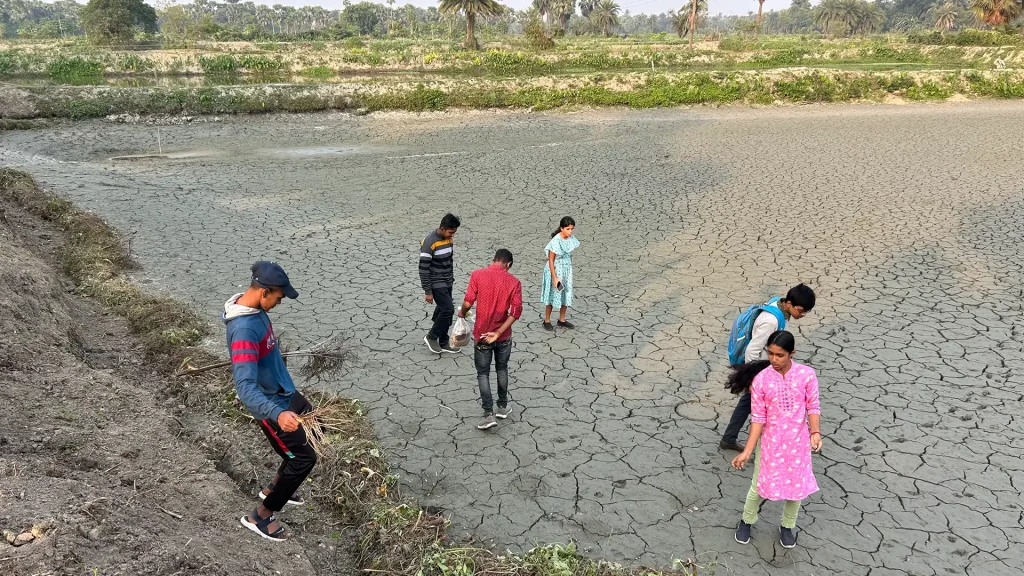
This event brings together changemakers, environmentalists, and community leaders to inspire collective efforts for a sustainable future. It has been helping us raise environmental awareness among the youth. It also builds constituencies amongst Kolkata’s citizens for the conservation of the unique East Kolkata Wetlands.
In the process, we have been working with practitioners from different fields, institutions and organizations. They have been collectively engaging with the arts as a catalyst to initiate dialogues and generate engagements each year.
Collaborations
As a part of the work, Disappearing Dialogues has been collaborating with experts from various backgrounds that makes its initiatives in the intersections of public and social art, nature education, environmental activism and community work possible. These co-travellers include Abhisheka K Gopal (artist and ecologist), Shweta Raina (visual artist), Shashwati Garai Ghosh (performing artist), Anindya Sinha (primatalogist), Sujan Chatterjee (from Bird Watchers Society), and others.
In this process, we have also worked with many important institutions such as the Environment Department of East Kolkata Management Authority, the German Consulate, Goethe Institute, Yeast, and Delhi Art Gallery.
We have also engaged with more than 28 schools in the process. These are located across Kolkata and the East Kolkata Wetlands.
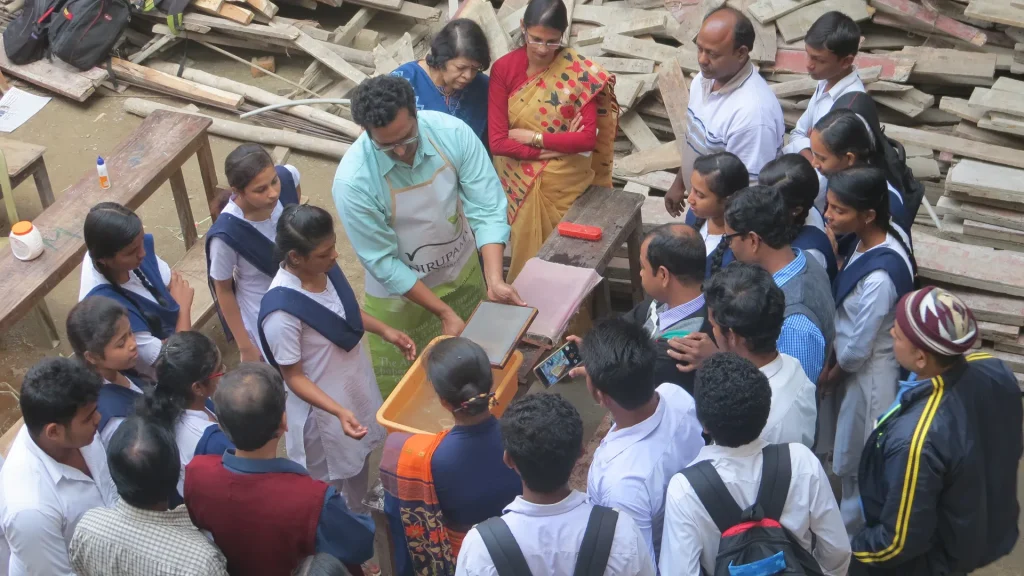
In conclusion
Disappearing Dialogues believes that conserving the wetlands is a collective responsibility, as it holds the key to Kolkata’s sustainable future. Overexploitation, encroachment and pollution of the wetlands harm both the EKW and Kolkata’s environment and future sustainability.
Thus, we are striving to amplify the dialogue of managing urban development and lifestyles to protect the natural heritage of Kolkata from disappearing.

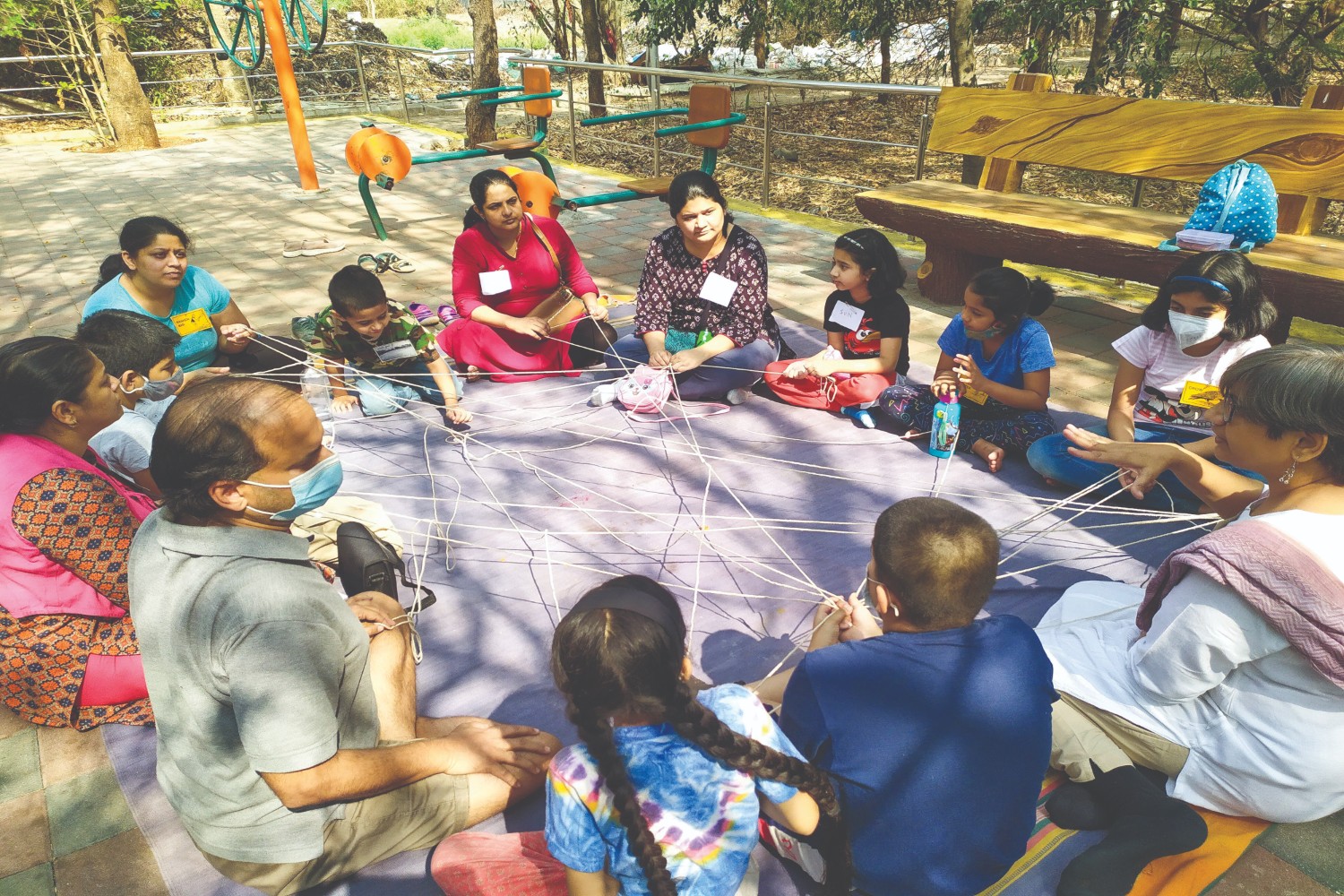

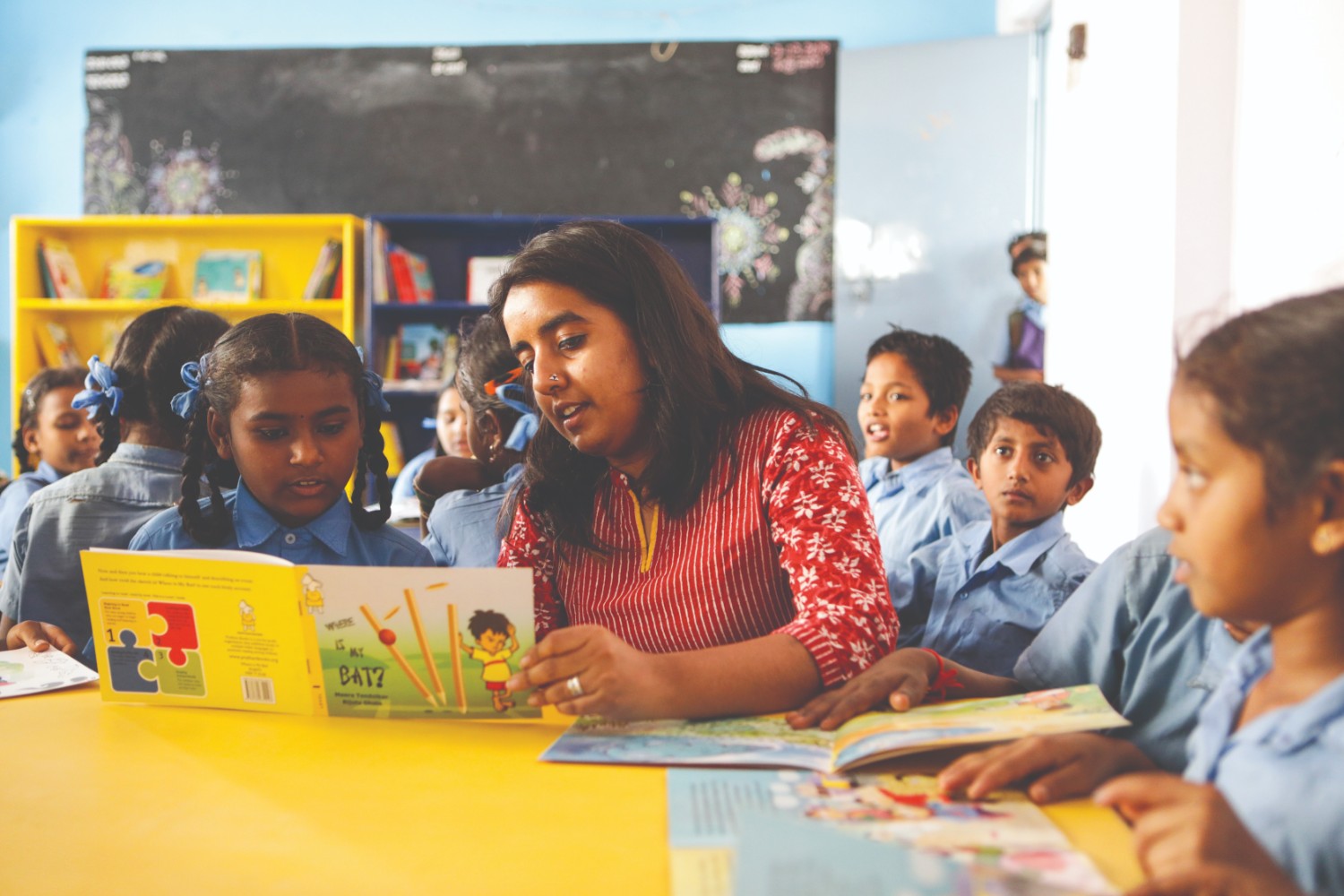
No approved comments yet. Be the first to comment!